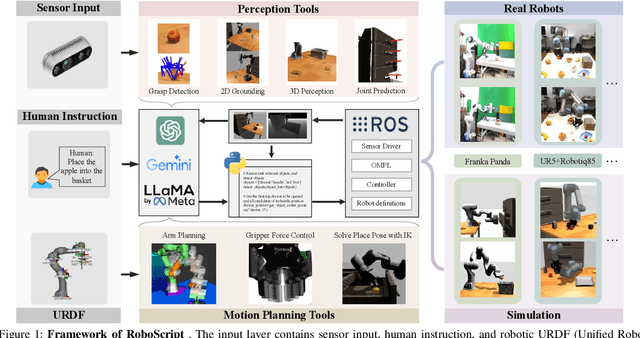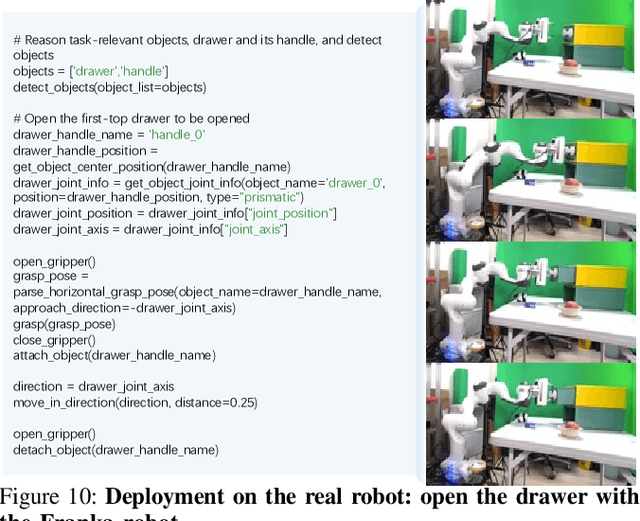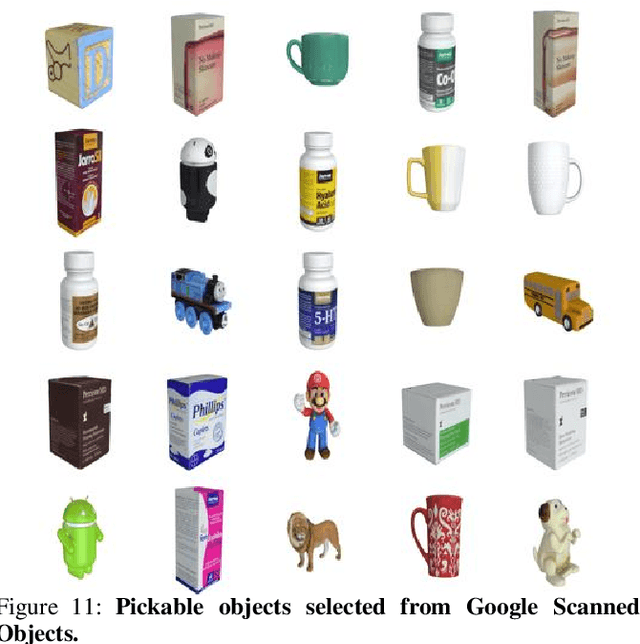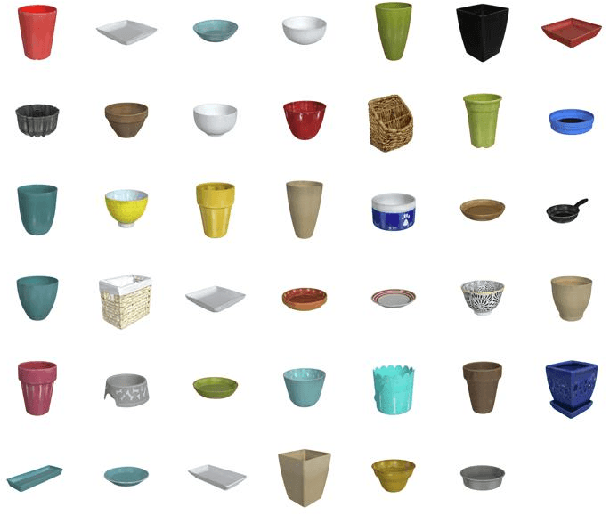Silang Wu
FOSP: Fine-tuning Offline Safe Policy through World Models
Jul 06, 2024



Abstract:Model-based Reinforcement Learning (RL) has shown its high training efficiency and capability of handling high-dimensional tasks. Regarding safety issues, safe model-based RL can achieve nearly zero-cost performance and effectively manage the trade-off between performance and safety. Nevertheless, prior works still pose safety challenges due to the online exploration in real-world deployment. To address this, some offline RL methods have emerged as solutions, which learn from a static dataset in a safe way by avoiding interactions with the environment. In this paper, we aim to further enhance safety during the deployment stage for vision-based robotic tasks by fine-tuning an offline-trained policy. We incorporate in-sample optimization, model-based policy expansion, and reachability guidance to construct a safe offline-to-online framework. Moreover, our method proves to improve the generalization of offline policy in unseen safety-constrained scenarios. Finally, the efficiency of our method is validated on simulation benchmarks with five vision-only tasks and a real robot by solving some deployment problems using limited data.
RoboScript: Code Generation for Free-Form Manipulation Tasks across Real and Simulation
Feb 22, 2024



Abstract:Rapid progress in high-level task planning and code generation for open-world robot manipulation has been witnessed in Embodied AI. However, previous studies put much effort into general common sense reasoning and task planning capabilities of large-scale language or multi-modal models, relatively little effort on ensuring the deployability of generated code on real robots, and other fundamental components of autonomous robot systems including robot perception, motion planning, and control. To bridge this ``ideal-to-real'' gap, this paper presents \textbf{RobotScript}, a platform for 1) a deployable robot manipulation pipeline powered by code generation; and 2) a code generation benchmark for robot manipulation tasks in free-form natural language. The RobotScript platform addresses this gap by emphasizing the unified interface with both simulation and real robots, based on abstraction from the Robot Operating System (ROS), ensuring syntax compliance and simulation validation with Gazebo. We demonstrate the adaptability of our code generation framework across multiple robot embodiments, including the Franka and UR5 robot arms, and multiple grippers. Additionally, our benchmark assesses reasoning abilities for physical space and constraints, highlighting the differences between GPT-3.5, GPT-4, and Gemini in handling complex physical interactions. Finally, we present a thorough evaluation on the whole system, exploring how each module in the pipeline: code generation, perception, motion planning, and even object geometric properties, impact the overall performance of the system.
 Add to Chrome
Add to Chrome Add to Firefox
Add to Firefox Add to Edge
Add to Edge